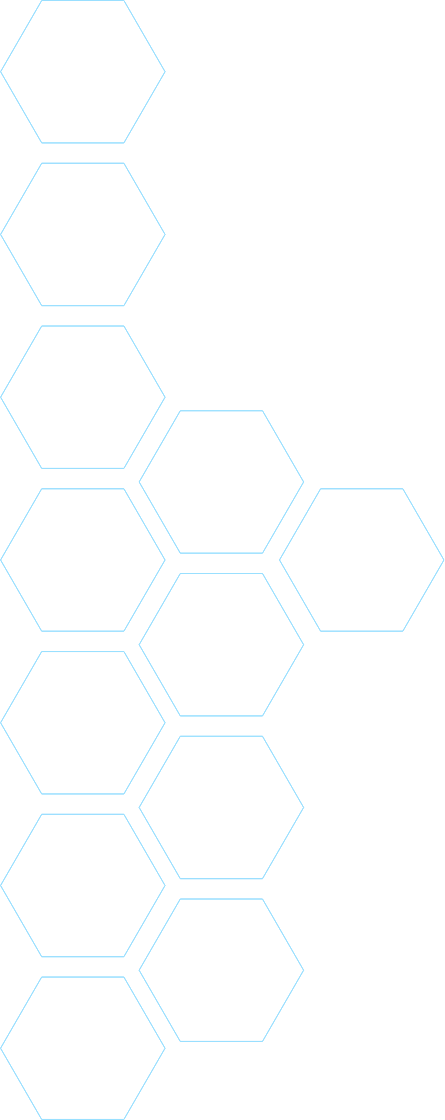A dozen students from Sweden and California switched places last week for summer research internships focused on digital transformation, kicking off a new exchange between KTH Royal Institute of Technology and University of California, Berkeley.
The addition of UC Berkeley to the annual Digital Futures Summer Research Internship (SRI) Program at KTH is one of the first steps toward closer collaboration between the two universities. Such exchanges are among the aims of an agreement KTH President Anders Söderholm and UC Berkeley Vice Provost for Academic Planning Lisa Alvarez-Cohen signed one year earlier at the UC Berkeley campus.
After a June 5 welcome event at the KTH Library, students from UC Berkeley got busy with their KTH supervisors on projects in energy, intelligent tutoring systems, robotics, transportation and artificial intelligence. They will be working under the supervision of KTH researchers who are affiliated with Digital Futures, a cross-disciplinary research centre based at KTH which is dedicated to shaping an economically, environmental and socially sustainable society through digital transformation.
In the Bay Area, KTH students will also be working on generative AI, marine energy and hybrid vehicles under the supervision of research leaders at UC Berkeley.
See the full KTH story, “KTH and UC Berkeley students switch places for eight-week research internship.”
From left, UC Berkeley students Wentinn Liao, Nicholas Jennings, Verona Teo, Samuel Bobick, Daisy Kerr and Giuseppe Perona – David Callahan photo for KTH


